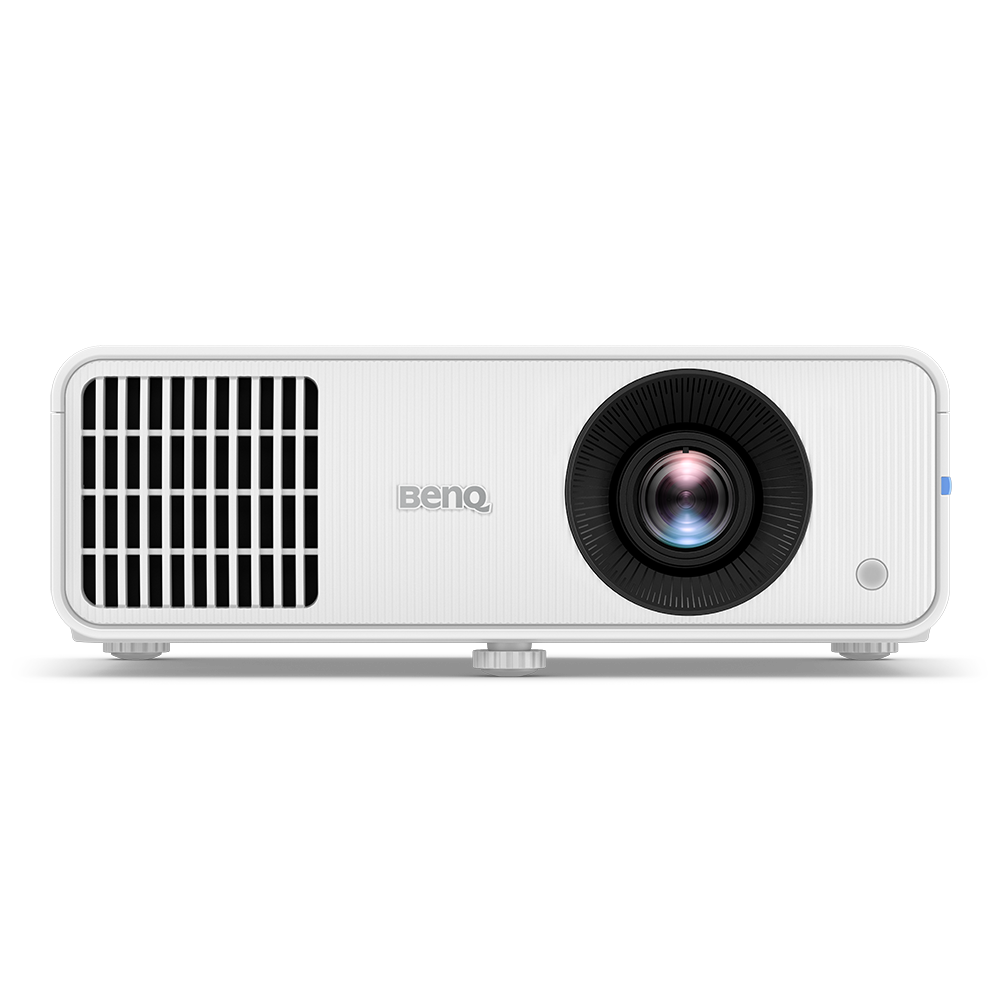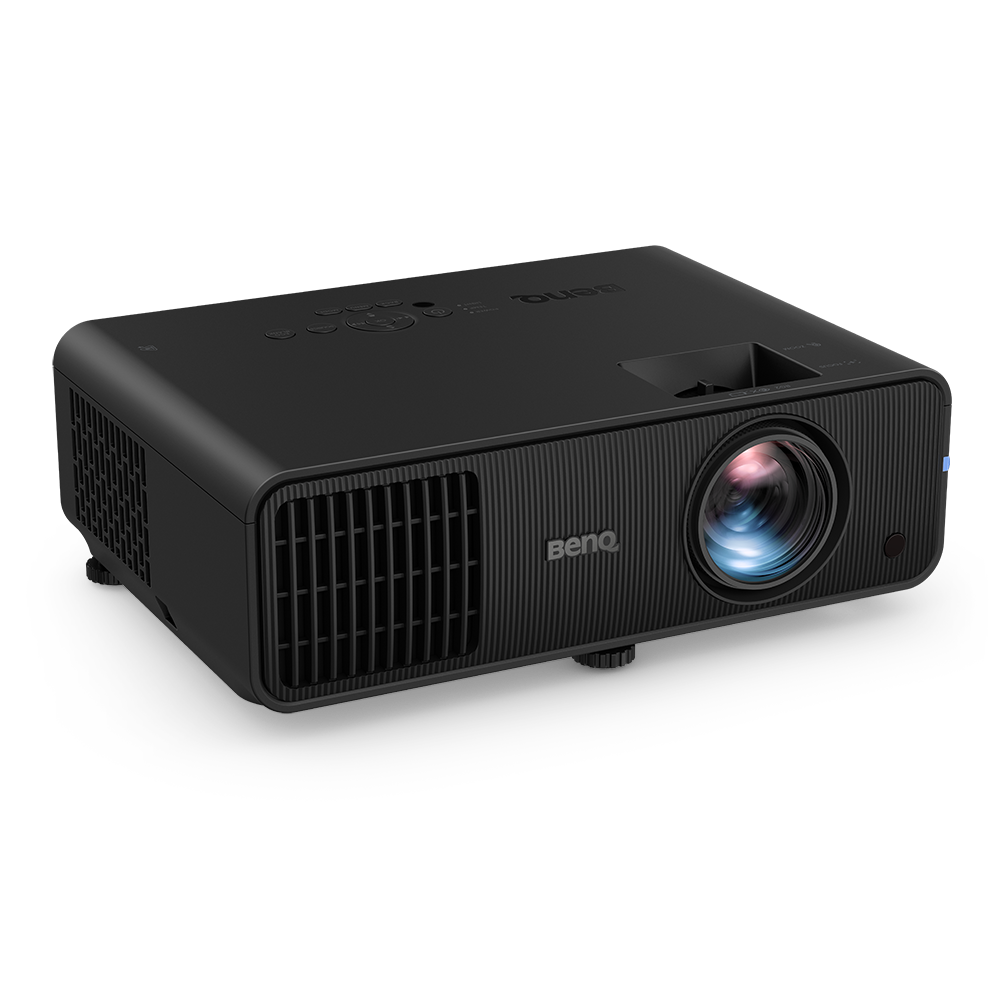A Guide to ESG: How to Go Green with Eco-Friendly Projectors
- BenQ
- 2024-07-25

Sustainability is a key focus for most businesses, with many small and medium-sized businesses (SMBs) fully embracing the concept and actively working to make their workplaces more energy-efficient. Projectors, a common fixture in modern offices, can play a significant role in energy consumption. Therefore, it is helpful to have a clear understanding of what makes a projector eco-friendly and how to manage its usage effectively. This understanding can further decrease a projectors' environmental impact beyond initial expectations.
Before deciding on a new projector for your business, it is important to understand what makes a projector eco-friendly. Addressing this question can be done by looking deeper into three main areas regarding the projector: its manufacturing process, its light source, and whether or not it includes any further power-saving features.
An often unnoticed factor in a projector’s environmental impact it's the manufacturing process. This means that creating a greener office via an eco-friendly projector starts with selecting a projector which maximises its use of re-usable and recyclable materials while minimising its share of hazardous or wasteful components in it's manufacturing. To find projectors meeting these requirements, potential buyers should seek certifications from official regulatory bodies and/or environmental organisations, for example RoHS.
BenQ's new SSI Projector incorporates eco-friendly packaging materials to reduce plastic usage. At the same time, the product's smaller size compared to models with similar brightness levels helps reduce transportation costs and carbon emissions.
A critical aspect influencing a projector's energy-saving capabilities is its light source. Although the overall power consumption of a new light source projector may not necessarily be lower than that of a lamp-based projector, when utilising BenQ's next-gen SmartEco, SSI projectors can achieve higher energy-saving rates compared to lamp-based ones. Another significant environmental advantage of SSI projectors is their mercury-free composition. Furthermore, SSI light sources have longer lifespans, reducing the need for frequent replacements.
Where the previous two aspects of a projector’s eco-friendly potential focused on hardware-related elements, the firmware utilised by the projector’s hardware can also be a major factor in determining whether or not a projector is eco-friendly. Through power-saving features such as BenQ’s SmartEco – which allows BenQ projectors to automatically adjust the brightness of the projected image in real time based on its content – a projector can further minimise its energy usage past its base power consumption level.
After addressing whether a projector is eco-friendly, organisations can further minimise the projector’s environmental impact by adopting practices that maximise its power-saving potential. The following are some long-term habits that, when adopted, can help reduce a projector’s energy consumption.
The brightness required from a projector should always be dictated by the ambient light conditions. While it’s obvious that in well-lit settings the projector brightness needs to be higher, many forget to reduce the brightness in darker settings, which can lead to excess energy use. Even when not taking environmental impact into account, adjusting a projector’s brightness based on ambient lighting will also optimise the projected image quality by preventing overly bright and/or oversaturated images.
One of the most commonly neglected practices that can help boost both a projector’s performance and its energy-saving potential, is the regular cleaning of dust and particles from the projector’s lens and chassis. Regardless of the type of projector (SSI or lamp), periodic cleaning will help the projector maintain its effectiveness and prevent overheating, all of which reduces excess energy use.
As discussed earlier, a power-saving mode allows the projector to unlock its full energy-saving potential, but only if you remember to use it. Most projectors on the market include some form of power-saving mode, with options for customisation and intelligent capabilities (such as BenQ’s SmartEco), so remembering to activate such capabilities should always be in the plan for offices that are intent on going green.
Keeping the projector cool is crucial for energy efficiency. It should not be used in high-temperature environments and should only be placed where cooling vents are unobstructed.
In addition to energy use, reducing waste is another important aspect of creating a greener office, so the ability to keep and use a projector well past an average lifespan is another part of the overall eco-friendly equation. To help companies do so, we have a few more tips that will allow a projector to maintain performance over a longer span of time.
Excess heat not only negatively affects a projectors performance, but also causes long-term damage to its internal parts, which in turn leads to a shorter lifespan. While for those that use a lamp projector, this means respecting the warm up and cool down period needed to power on and off the projector, it also points to the fact that SSI projectors, whose light sources do not require such precautions and thus feature instant on/off capabilities, might be smarter choices in terms of ensuring long lifespans.
Air filters on a projector are meant to reduce the amount of dust and grime that may reach its internal parts and cause them damage; therefore, they should be regularly replaced by the IT staff members in order to reduce breakdown and maximise the projector’s lifespan. Decision makers, on the other hand, can opt for a projector with built-in anti-dust designs early on in the purchasing phase, to forgo the filter replacement procedure all together.
As with any other product, overuse or elongated use of a projector will lead to a shortened lifespan, thus organisations should remind staff to power off a projector anytime its use is not required. Decision makers should also keep in mind that SSI projectors feature more durable light sources compared to the mercury bulbs used in lamp projectors.
To ensure a business is more eco-friendly, companies can take simple yet impactful steps when choosing a new projector for their workplace. Firstly, they should research eco-friendly projector options and choose an SSI projector with energy saving features, which minimises power consumption and extends the projectors lifespan. Proper maintenance, such as cleaning filters and ensuring good ventilation, is also crucial to keep the projector running efficiently and lasting longer. All of these considerations not only promote a greener office by reducing energy usage, but they also cut down on costs, making eco-friendly projectors a smart, cost-effective choice for sustainable businesses.
You Might Also Like
-
Focus
BenQ Next-Gen SmartEco™ Energy-Saving Technology
BenQ Next-Gen SmartEco™ energy-saving technology maximises power efficiency without compromising the image quality.
-
Trends & Knowledge
Things to Consider When Choosing Between Lamp or Lamp-Free Projectors
This article provides information for you to decide which solid-state projector lighting technology is right for your application.
2022.12.19 -
Sustainability


